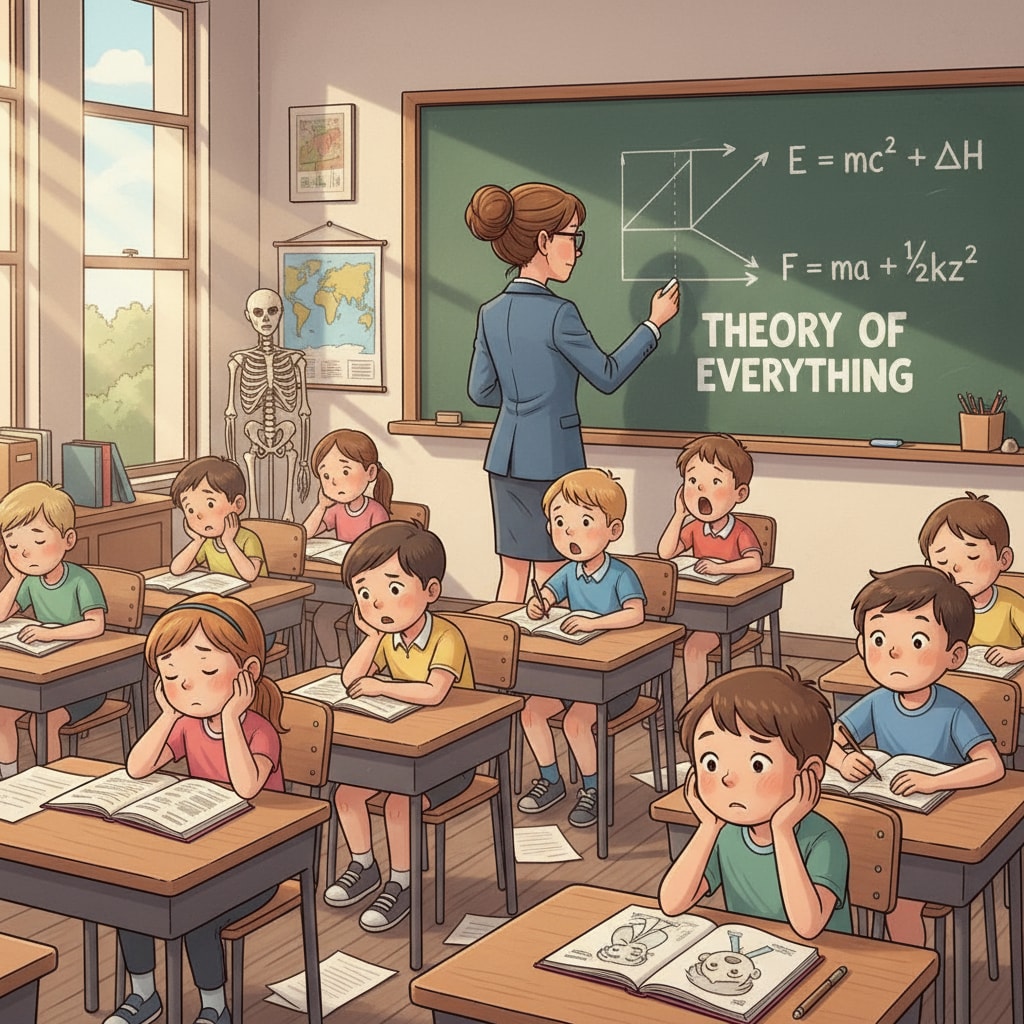The education system, teaching methods, and teacher influence are integral components in shaping the future of students. Currently, the education system has fallen into a trap of emphasizing memorization over understanding. This approach has made academic subjects dull and uninteresting, leaving students with a dearth of practical knowledge.

The Flawed Education System
In many educational institutions, the focus is on rote learning. Students are expected to memorize facts and figures without truly comprehending the underlying concepts. For example, in history classes, students might be made to memorize dates and names, but fail to understand the significance of historical events. This not only makes the learning process tiresome but also fails to equip students with the skills needed in the real world. According to Wikipedia’s Education page, an effective education system should foster critical thinking and problem-solving abilities, which are sorely lacking in the current setup.
The Role of Teaching Methods
Teaching methods play a pivotal role in the educational experience. Outdated teaching methods, such as one-way lectures, no longer meet the needs of modern students. Teachers need to embrace innovative teaching methods that engage students actively. For instance, project-based learning allows students to apply theoretical knowledge to practical situations. This hands-on approach not only makes learning more enjoyable but also helps students retain information better. As stated on Britannica’s Education article, diverse teaching methods can cater to different learning styles among students.

Moreover, incorporating technology into teaching can also enhance the learning experience. Interactive whiteboards, educational apps, and online resources can make lessons more engaging and accessible.
The Power of Teacher Influence
Teachers are the heart of the education system. Their influence extends far beyond the classroom. A passionate and inspiring teacher can ignite a love for learning in students. Teachers have the power to identify the unique strengths and interests of each student and tailor their teaching accordingly. By encouraging curiosity and creativity, teachers can transform the educational journey of their students. For example, a science teacher who conducts exciting experiments can spark a student’s interest in the subject and potentially lead them to pursue a career in science.
Readability guidance: The education system needs a complete overhaul. Teachers should take on the responsibility of redefining teaching methods. By leveraging their influence, they can create a vibrant and effective K12 education ecosystem. This requires a shift from rote learning to understanding, and from passive teaching to active engagement.


